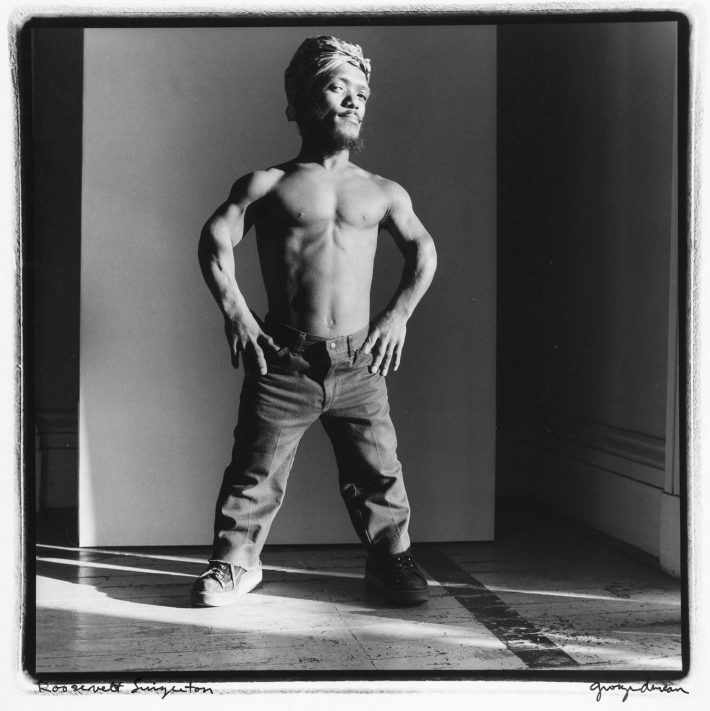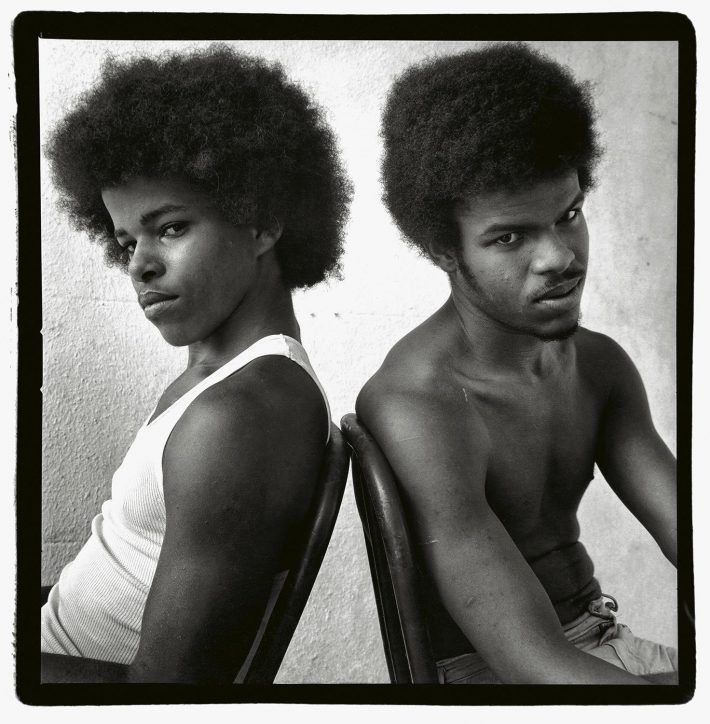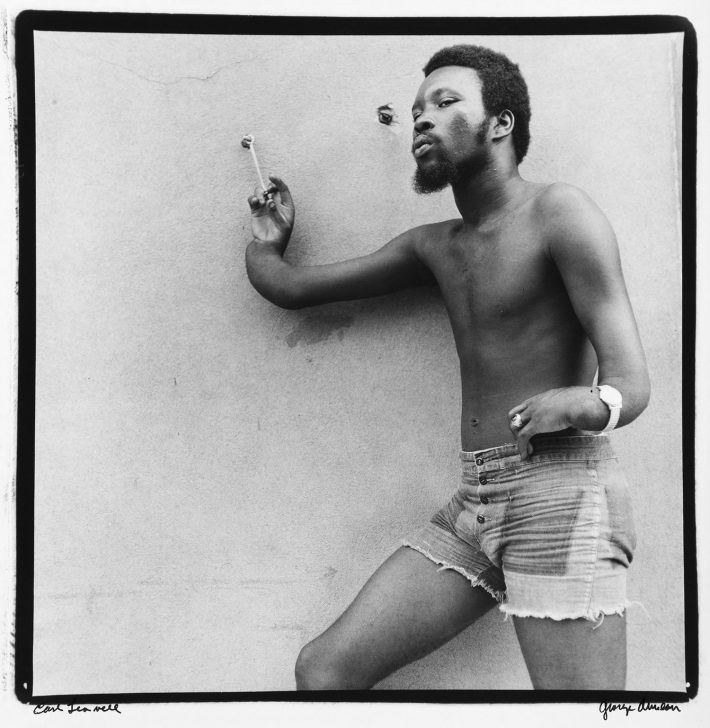The late Louisiana artist’s work has been published in a new monograph, the first in over 30 years.
by Emily Manning, via i-d.vice.com

Fred Temnel, 1975 © George Dureau, Courtesy Arthur Roger Gallery and Higher Pictures
Classical in style and controversial at reception, Robert Mapplethorpe’s portraits have been enjoying something of a critical and cultural rebirth over the past year. There were the three Los Angeles retrospectives, the acclaimed HBO documentary, and the promise of a forthcoming biopic about his relationship with Patti Smith. Just this week it was announced that Juergen Teller will curate an exhibition of the artist’s work in London this fall. But for all the ink (rightly) spilled about Mapplethorpe’s monumental influence on American art and cultural politics, less has been said about his own influences. One of them is believed to be George Dureau, the late New Orleans artist whose photographs can similarly be described as erotic, sublime, provocative, intimate, and powerful.

Roosevelt Singleton, 1974 © George Dureau, Courtesy Arthur Roger Gallery and Higher Pictures
Dureau was born in New Orleans’ Irish Channel neighborhood in 1930, about four miles from the city’s French Quarter, where he spent the majority of his life making paintings, sculptures, and photographs — both in the studio and on the street. Forty years of Dureau’s portraits have recently been published in a new Aperture book, The Photographs, a volume that arrives over 30 years after Dureau’s only other book was published in 1985. According to Aperture, publishing was made possible, “because of the commitment of the community of Dureau’s supporters to see it happen.”

David and Danny Jones, 1977 © George Dureau, Courtesy Arthur Roger Gallery and Higher Pictures
“Community” is perhaps one of the most important descriptions of Dureau’s practice — not simply in terms of his city, but his subjects, too. Dureau’s photography emerged out of personal projects he snapped of his lovers or for gestural research used for his paintings. In his foreward to The Photographs, writer Philip Gefter explains that Dureau photographed New Orleans’ disenfranchised communities — “amputees, dwarves, drifters, and ‘street people'” — and that he often developed bohemian sexual relationships and lasting friendships with those who appear powerful, vigorous, and statuesque in his evocative imagery. “I live a warm, involved, humanist sort of life. There are lots of people passing through it,” Gefter quotes the artist. “I have exciting experiences and learn things about people. They always go into my art. I cannot have an experience and it not go into my art.”
‘George Dureau: The Photographs’ is published by Aperture and available now.

Franklin Davis, 1975 © George Dureau, Courtesy Arthur Roger Gallery and Higher Pictures

Alias Williams, 1982 © George Dureau, Courtesy Arthur Roger Gallery and Higher Pictures

Earl Leavell, 1977 © George Dureau, Courtesy Arthur Roger Gallery and Higher Pictures
